Search results for 'GILDING'
-
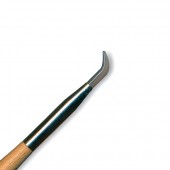
Agate Burnisher No 27 Series 2
£30.00 -
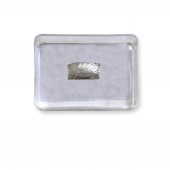
Shell Gold Watercolour 1/4 pan Silver
£27.00 -
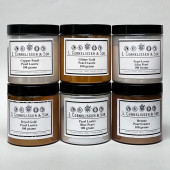
Cornelissen Pearl Lustre Pigments 100g
Starting at: £12.90
-
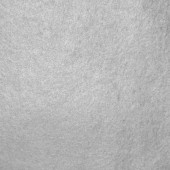
Cornelissen Silver Leaf Thin
Starting at: £12.50
-
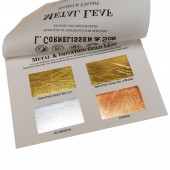
Metal Leaf Original Sample Chart
£5.00
-

Cornelissen 85 Standard Gold Leaf 22 ct
Starting at: £69.80
-

Cornelissen Imitation Gold No 2.5
Starting at: £7.40
-
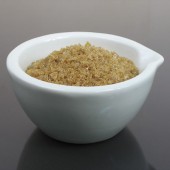
Rabbit Skin Glue
Starting at: £13.00
-
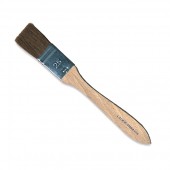
Cornelissen Ox Flat Lacquer
Starting at: £12.90
-
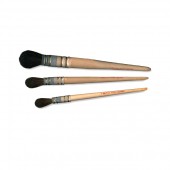
Cornelissen Squirrel Mop
Starting at: £21.40
-
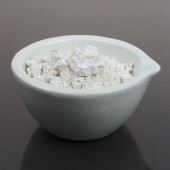
Whiting
Starting at: £4.00
-
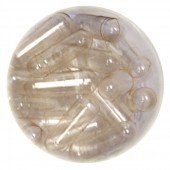
Gelatine Capsules
Starting at: £5.80
-
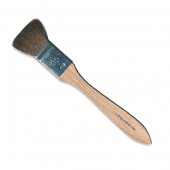
Cornelissen Squirrel Flat Lacquer
Starting at: £20.05
-

Shepherds Paste Brush
Starting at: £5.00
-
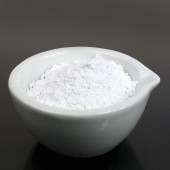
Gesso di Bologna
Starting at: £12.00
-

Gelatine Leaf
Starting at: £5.30
-
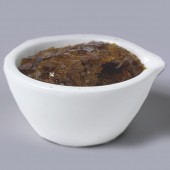
Lemon Shellac
Starting at: £8.20
-

Illumination Gold and Colour Book
£15.00 -
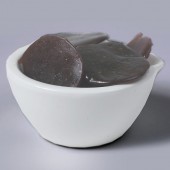
Button Shellac
Starting at: £8.40
-
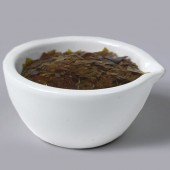
Orange Shellac
Starting at: £8.00
-
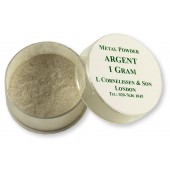
Cornelissen Silver Powder 1 g
£55.00Call to Order
-
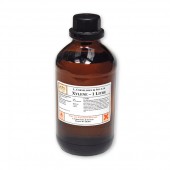
Xylene 1 litre
£18.00Call to Order
-
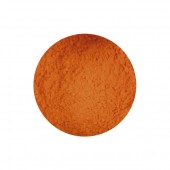
Lead Red Pigment (Minium)
Starting at: £7.30
Call to Order




